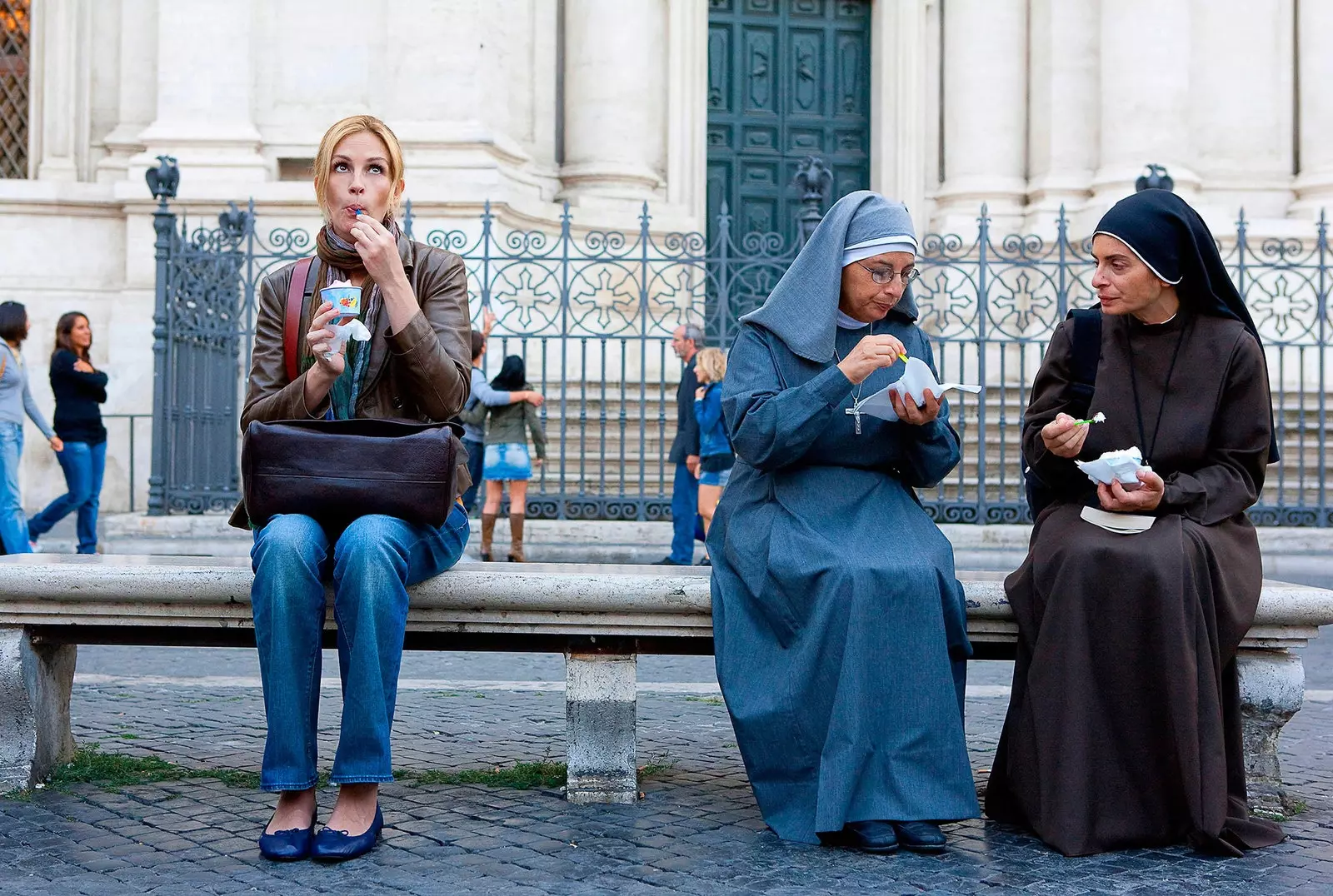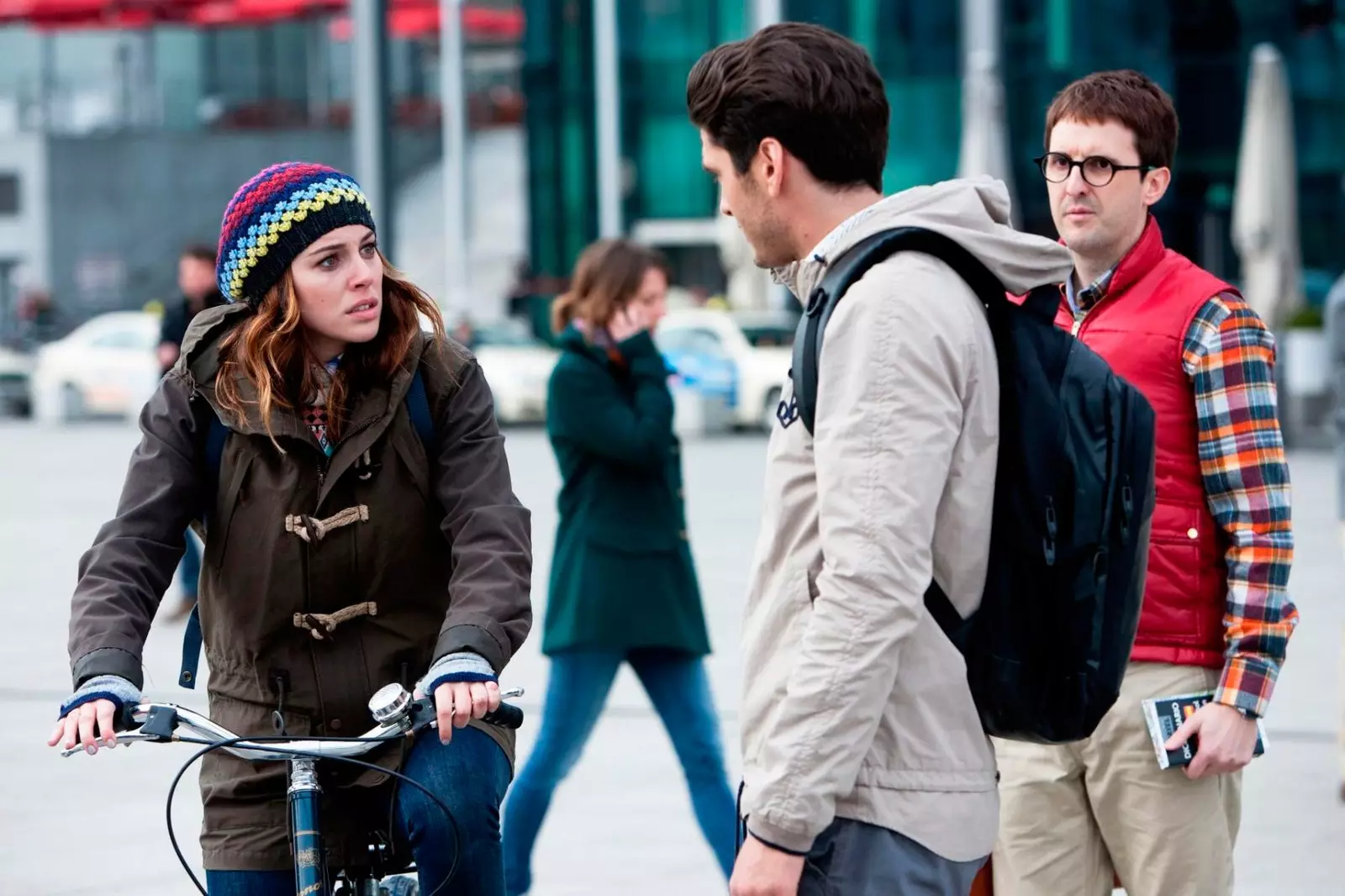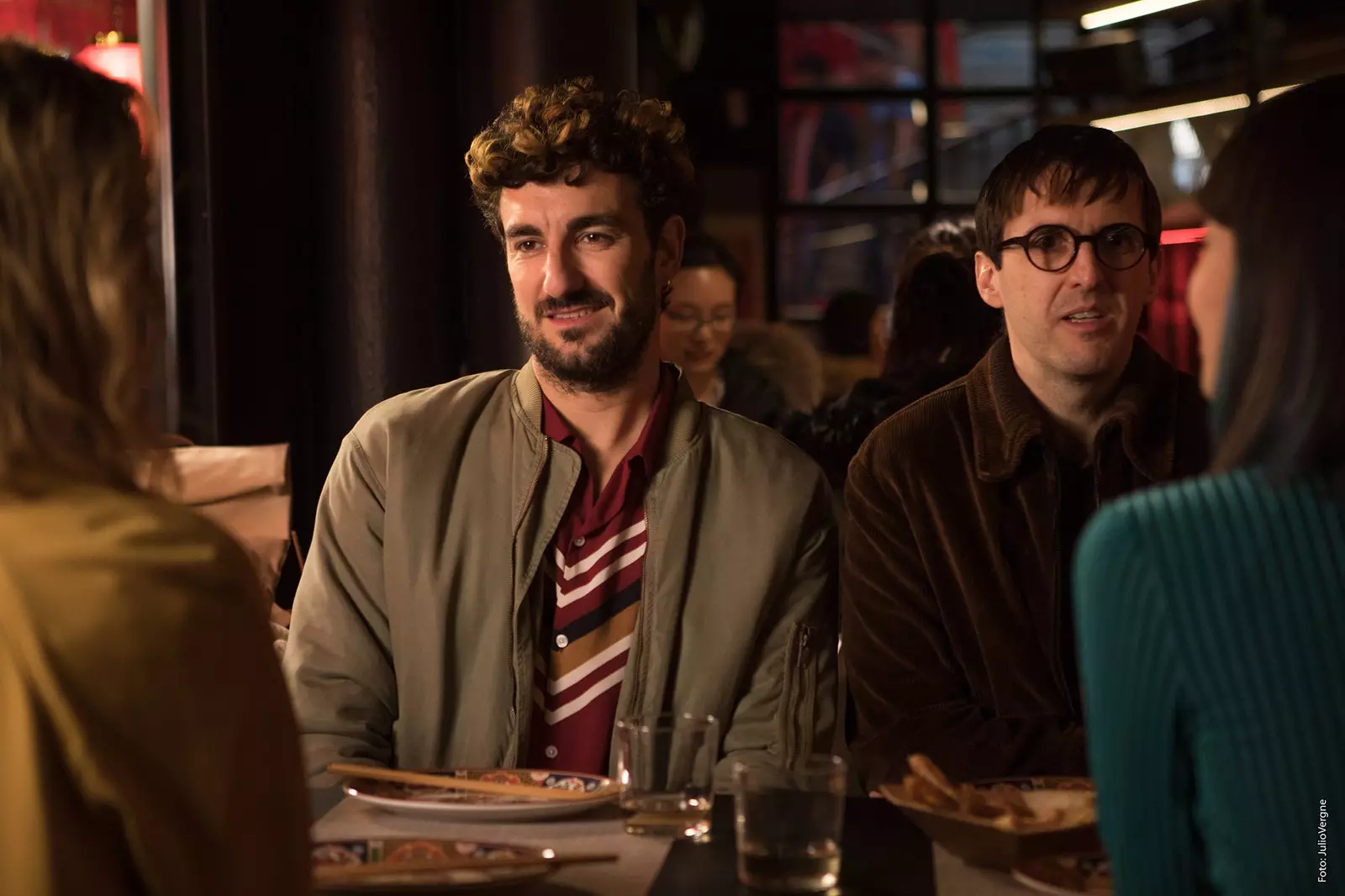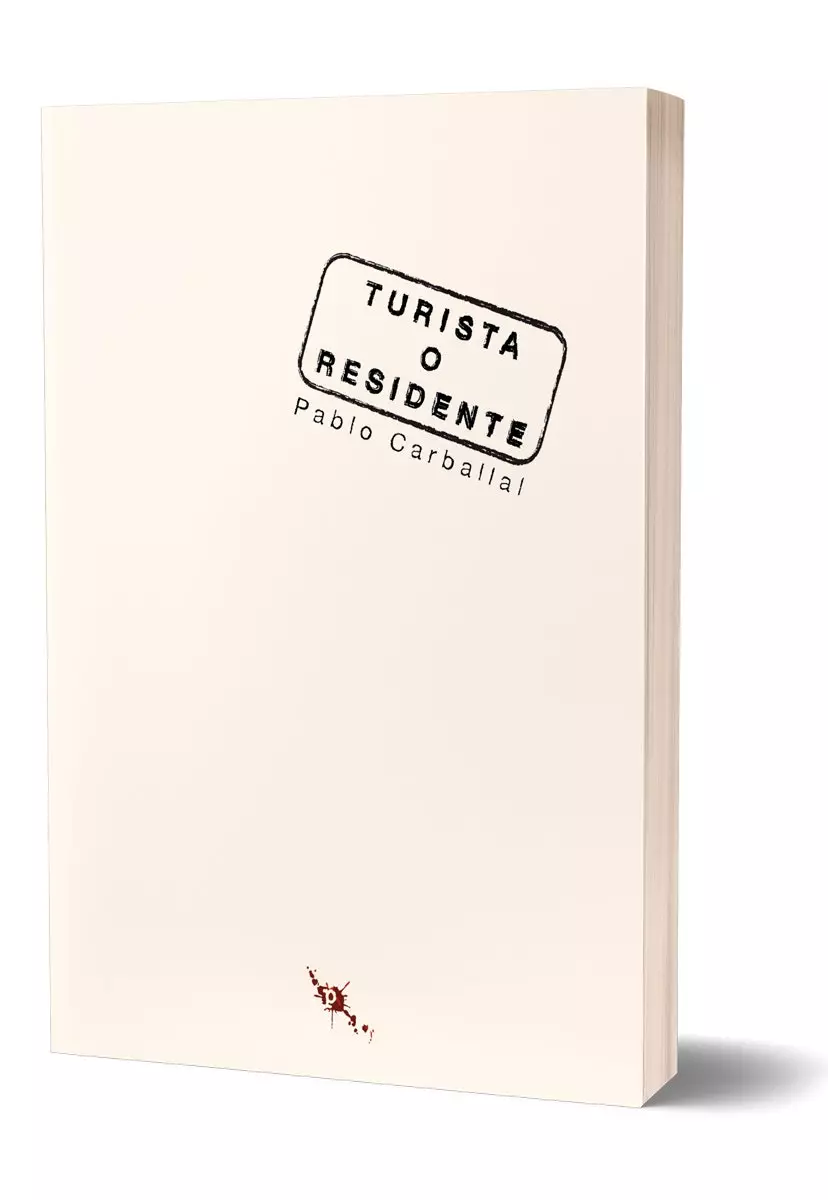
That moment when you live the metamorphosis and go from tourist to resident
It has existed for a long time, although hardly any lyrics have been dedicated to it: it is about the figure of the tourist-resident-itinerant. This is how he defines himself the Madrid architect Pablo Carballal in his book Tourist or resident (Footnote, 2020) to explain the four-year period in which he inhabited the cities of New York, Berlin, Rome and London, chaining jobs in various architecture studios.
When speaking of the concept of tourist-resident, it is advisable to avoid confusion with another type of tourism with a similar root: that of “residential tourism” of non-labor residential migrants of foreign origin (for example, the one that happens in the Mediterranean coastal regions). This tourism, as explained by the sociologist Alexander Mantecon, is he responsible for transforming these regions "through the large-scale construction of housing developments for tourist consumption."
The type of residential tourism that Carballal talks about in his book is very different from that of the crab-red Germans who seasonally inhabit the Mediterranean. Written and edited in Moleskine notebook format, Tourist or resident is a small travel diary in which part of the notes that the author wrote during his four years of residential itinerancy are collected, which rest on a common axis: his metamorphosis from tourist to resident.
For Carballal, this metamorphosis is a matter of pulse. Recalling his stay in Rome, the author explains at the beginning of the book that "after the nerves of the first few months, my pulse had caught up with that of the city and my receptivity was oriented towards the directions of the resident that I was beginning to be".
In this way, and continuing with the precordial simile, a scale could be established in which tourism in use would be of the tachycardic type, run over, more attentive to the number of places seen; Y that of the tourist-resident would be closer to the quiet bradycardia of the known possessor of time and, above all, the conviction that the quality of visiting a city is not directly proportional to the number of places visited.

Make home. Find elements of a place to personalize the experience
Make home. That is the main differentiating nuance between both ways of touring a city. At the beginning of his writing, Carballal talks about the book Tokyo Totem –an alternative guide to visit Tokyo that the author discovered during his visit to Japan–, and a concept mentioned in said guide: that of the totems or home appliances. These are elements of a place that can help personalize the experience of it, small "anchors" (visual, experiential...) that each person, from their individuality, can make with the new space visited.
These totems, which are discovered spontaneously as the person prolongs their stay, are the ones that they make a city go from being the repeated copy experienced by all tourists to being THE city lived in full authenticity, something similar to the "aura" that the German philosopher Walter Benjamin described in 1936.
Benjamin, in his essay The work of art at the time of its technical reproducibility , he speaks of the aura of an object –for example, a work of art– as that emotion that arises from the singular experience of the individual with said object in its original version, This fact does not happen when it is done in front of the reproduced copy of the same.
In this way, and with Benjamin's permission (the German author considered cities as an element of Modernity that prevented the possibility of that singular experience), we could say that the rhythm of the tachycardic tourist would not facilitate the appearance of the aura of the city, something that would happen in the case of the tourist-resident.
Throughout his diary, Carballal gives clues as to what his anchor points were in the cities he visited: "my video store card in my wallet and my racquet bag on my shoulder could open those doors of home that the passports at the airport controls do not contemplate", explains the author, who also found totems in the cafes of Rome, the fabrication of alter egos "puppets of yourself to play with the idea of who you could be" or language experiences, such as German, where "every conversation is a succession of psychological thrillers with a muted audience" because "since the verb always comes at the end, nobody knows where a sentence leads until it is finished".
Doors of home, totemic experiences, anchor points... All this set of metaphors contains a unique reality that Gloria Gil, responsible for editing and communication of the Editorial Pie de Página, dropped in a conversation held through Twitter: "Shall I tell you something? I read it from a perspective where city was equivalent to person." And it is that, indeed, New York, Berlin, Rome and London not only appear as places to live but characters with whom to dialogue, interact, learn and, in some cases, fight.
Unlike the usual tourist, who crosses museum cities like an automaton, inert; the tourist-resident stumbles, caresses, rubs, scratches himself with its angles and vertices.

The tourist-resident stumbles, caresses, rubs, scratches himself with the angles and vertices of the city
This is perceived within the book in fragments in which the author explains that the city ceases to be an entity to become a person with its own voice, from the "unavoidable imperative" of giving way in Berlin to the "liquid reality" of the same in the city of Rome that "you must treat as such in order not to break the harmony of the city, which feeds on consented faults" .
As an addict who does not know how to define the origin of his desire, Carballal explains that the continuous changes of residence from one city to another were born of pleasure by a "rare rootlessness that consisted of wandering the world establishing successive domestic lives".
This addiction, which could be the same one that happens to digital nomads – whose heart rate is halfway between the tachycardia of the tourist and the bradycardia of the resident – could have its origin in a kind of Peter Pan syndrome in a traveling version. This would be evidenced in small details such as "the initiatory nature of the pleasures of newly incorporated words" that "are part of the same kind of fun that surrounds childhood.
In this way, as Carballal explains, "stopping to rejoice over things like asking for an evidenziatore –highlighter in Italian– heralds that tragic moment in which one is stripped of its tenderness and surrenders to a flow where enjoyment mutates into diligence, just as a preadolescent organism mutates to face adult life".
From this point of view, the change of city feels like a new birth, a new opportunity to live the "childhood" of the tourist that is mutating into a resident, to create new attachments and overcome the challenge of deciphering the features of the new city-person.
The time limit in which one decides to reset and be born again in a new city is, according to Carballal "the measure of a full year" or "Erasmus measure" that allows to live a complete cycle of seasons that "allows to caress the idea of more of the same", despite the fact that, as he himself confesses in his book, the formula of more of the same is the "authentic food that nourishes the resident spirit ".
Arrive, look, dialogue, question the city. Enjoy it and, also, suffer it. Live it like any other citizen. Hitting its walls and being caressed by its sidewalks. Be fascinated by insipid alleys and look at the great monuments with the bovine gaze of someone who observes a lamppost or a litter bin. That is the flow of events that mark the pulse of a tourist who is mutating into a resident. Until the time comes for a new restart or, as in the case of Carballal after his stay in London and his return to Madrid, the definitive end of the cycles of death and traveling resurrection.

What if we talk about the tourist-resident-itinerant for work reasons?
After the experience, the person-cities remain, although as the author explains, "for those of us who were once Romans, no coffee ever tastes as good as it should". The memories remain the previously inhabited places offer the opportunity to make a nostalgic tourism when returning through its streets.
But they are just that: nostalgia, because the sensations that one had as an inhabitant –the aura– are only perceptible when they are accompanied by the slow, bradycardic rhythm, of having transformed, little by little, almost without knowing it, from a tourist into a resident.
